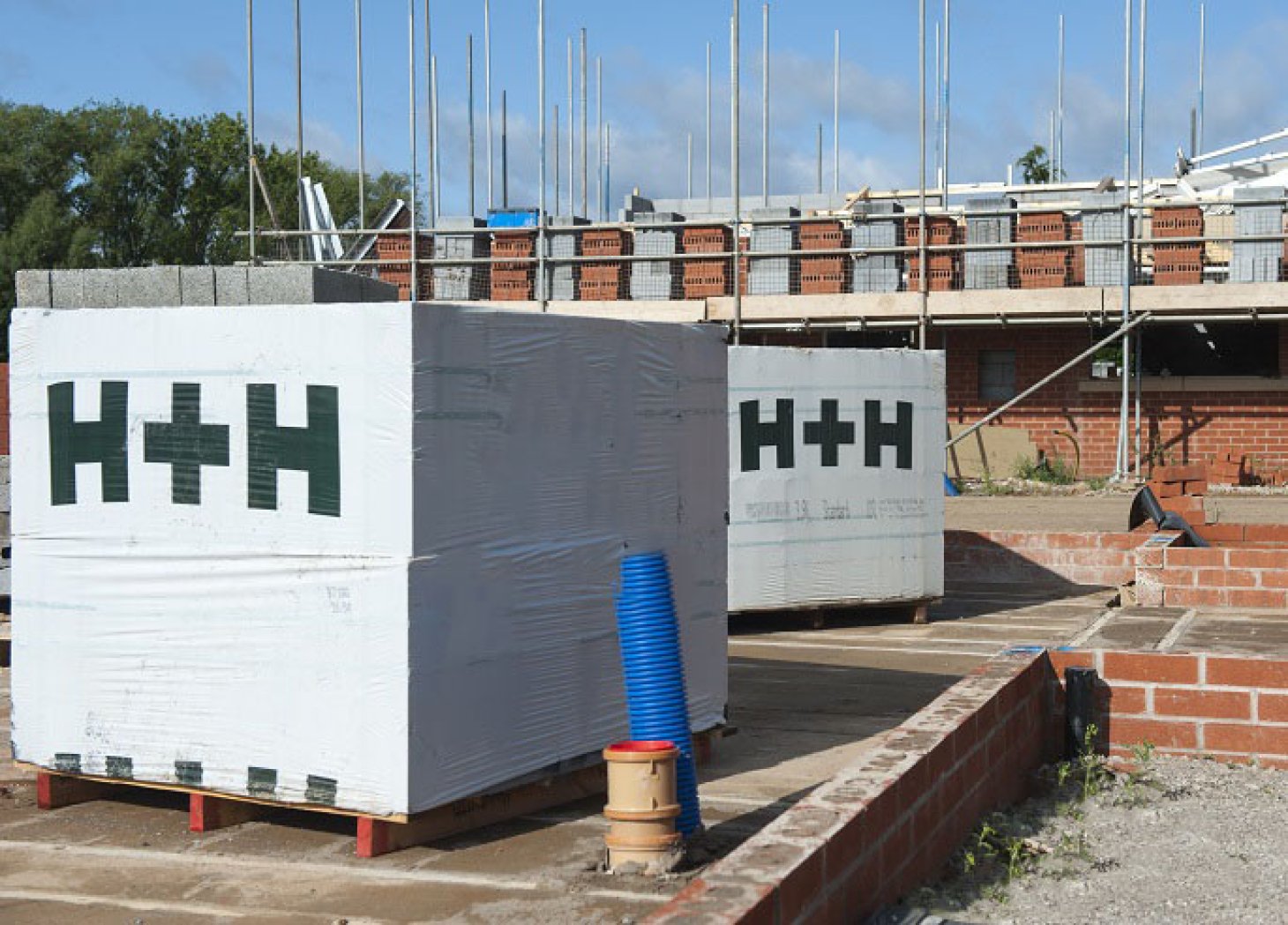
The UK Government has high ambitions for housebuilding numbers and Modern Methods of Construction (MMC) has been hailed as a solution to speed up the process.
The objectives of delivering MMC are surely unarguable: to build more houses, faster and to a consistently high standard. It would be very difficult to suggest that these should not be industry objectives. Backing up its words with hard cash, Government is encouraging the take-up of MMC with supportive funding through schemes such as the Affordable Homes and Accelerated Construction Programmes.
Funding delivered through Homes England is also directed towards schemes and organisations experimenting with new forms of MMC. For traditional builders and their supply chains this environment can look extremely worrying at first sight.
But first sight is not always reliable and there is a common misconception that MMC is necessarily synonymous with “offsite” or “modular build”. To confuse these terms entirely misconstrues the point of the drive towards the adoption of MMCs.
Recognising that there was considerable confusion, the government commissioned Mark Famer (now government Champion for Modern Methods of Construction) to set out a definition that could be agreed across the housebuilding sector.
This definition framework tackles the issue in the right order, focusing on the desired result and not being overly prescriptive. It provides a scale of innovation that allows a full range of approaches to MMC to be identified and encouraged. From Level 7 – introducing site-process based initiatives to improve efficiency - right up to Level 1, representing the use of offsite modular construction for the structure of the building.
This tiered approach allows for evolution, with users able to follow a process progressing up the scale of MMC and finding the point at which innovation suits their business model. It acknowledges the great innovations that have been quietly introduced in sites across the UK. It also allows manufacturers to understand where their products fit within the definition of MMC, an important step forward in marketing terms.
From our own position it is easy to welcome these definitions as we have products that sit comfortably throughout the scale. From Thin-Joint through to our Celcon Elements we have MMC products ready to go, and in some cases, these solutions have been available for years. Recognised as MMC and therefore clearly acceptable solutions within Government definitions, our innovative solutions are gaining traction with housebuilders.
While we are ready to supply such innovations, together with the experience and technical expertise to support their adoption, we also cannot overlook the obvious fact that our most popular products remain our standard Celcon Blocks. Now more frequently used in party walls, spandrels and foundations as well as walls, demand for Celcon Blocks remains strong.
It was with this understanding that H+H invested so heavily in both its Borough Green and Pollington factories, allowing us to increase production volume to meet rising demand. Our merchant customers will be well aware of our partnership approach, ensuring our established customers can rely on a secure supply of product in a buoyant market.
We are very confident of ongoing demand for aircrete, simply because of its widely acknowledged performance benefits. We don’t see a UK housebuilding industry that is about to move wholescale to offsite, but we are ready with products to support a gradual evolution to Modern Methods of Construction.
It is surely most likely that housebuilders will find their own solutions, probably from within their existing supply chains. If we start from the objective: more high-quality homes, and work collaboratively, there is a whole realm of innovation waiting to be unlocked.